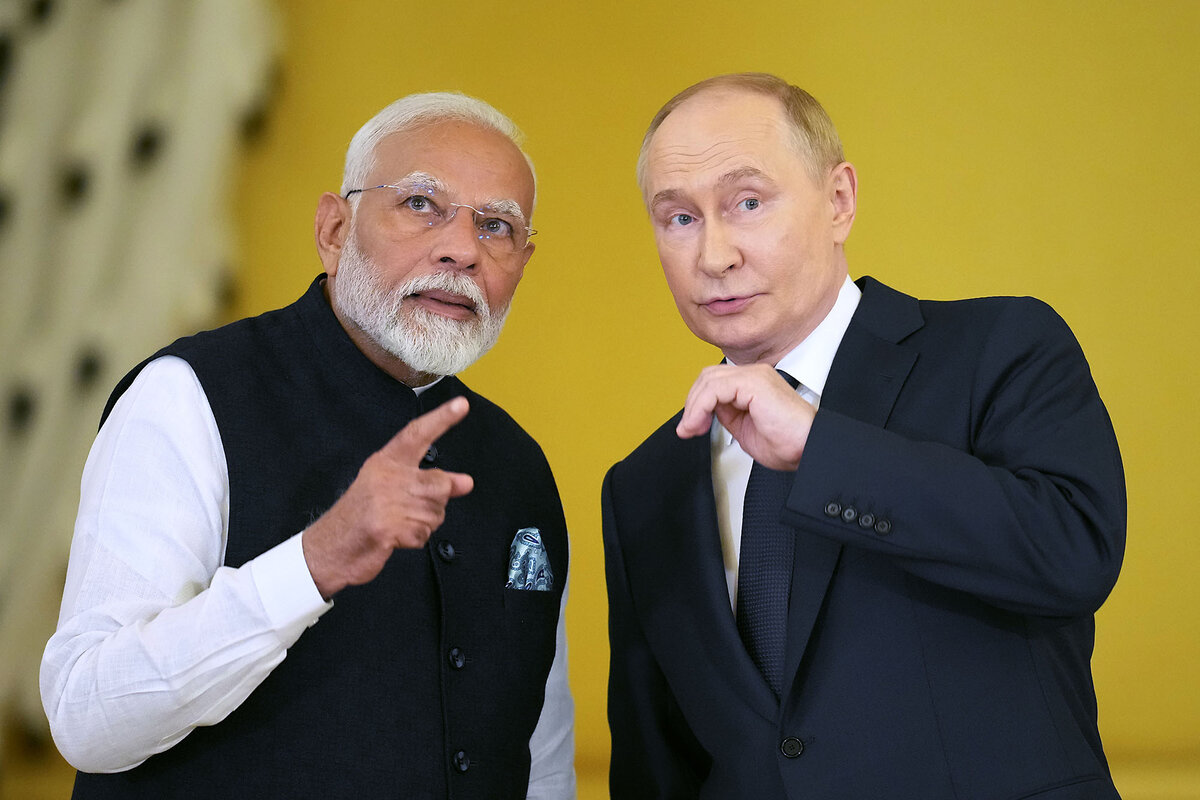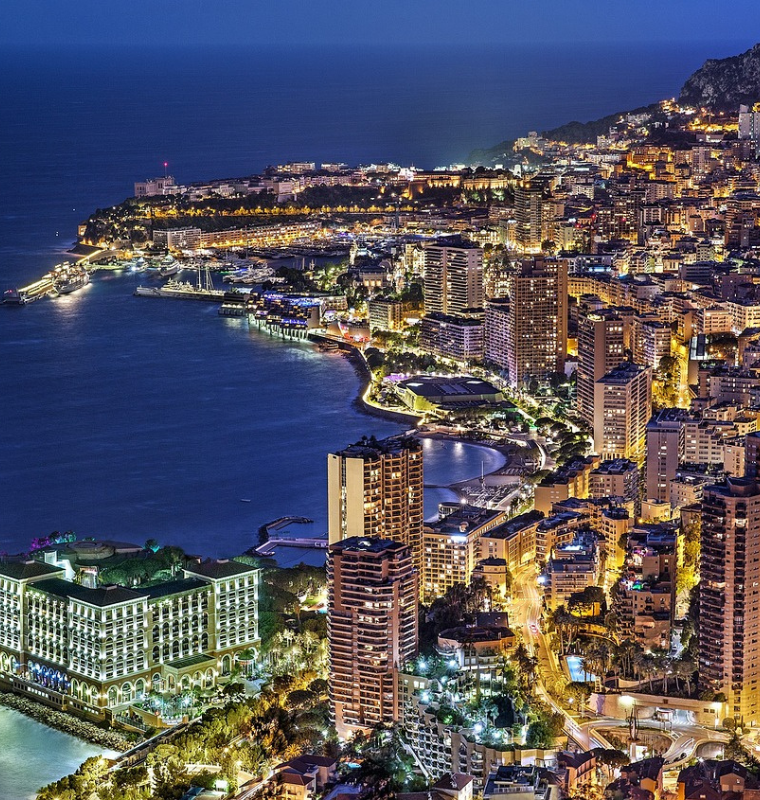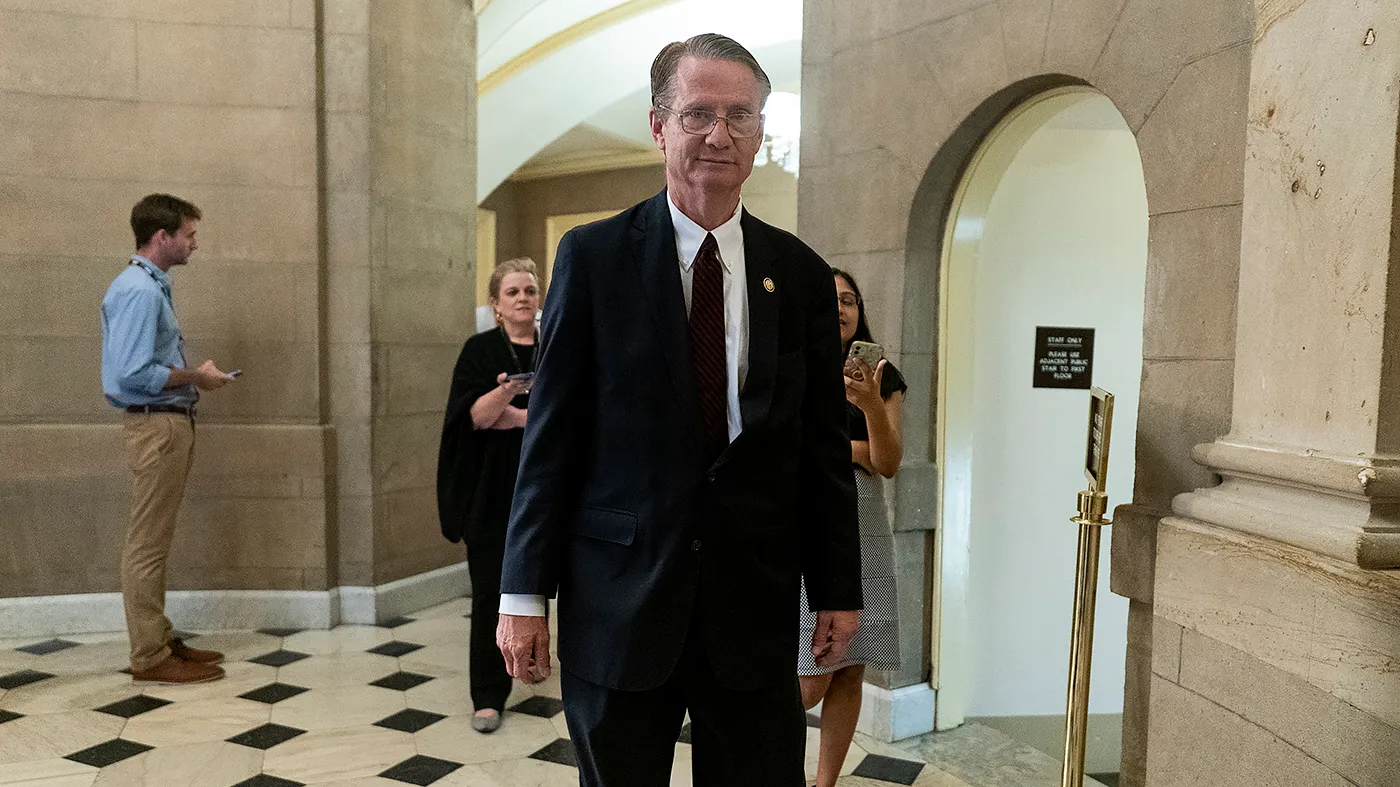India Pushes Back at U.S. and EU Over Russia Trade Accusations Amid Tariff Threats
India Pushes Back at U.S. and EU Over Russia Trade Accusations Amid Tariff Threats
By
Calder Monroe
Last updated:
August 5, 2025
First Published:
August 5, 2025

Photo: The Christian Science Monitor
In a sharp and detailed response, India’s Ministry of External Affairs has accused the United States and the European Union of hypocrisy after former U.S. President Donald Trump threatened to significantly raise tariffs on Indian goods. This reaction highlights growing trade tensions amid complex global energy dependencies that emerged following Russia’s invasion of Ukraine.
India Defends Russian Oil Imports
India stressed that its decision to import oil from Russia was a matter of national necessity—driven by affordability and energy security—especially after traditional suppliers redirected their oil shipments to Europe in the wake of the 2022 Russia-Ukraine war.
According to India’s foreign ministry, “It is revealing that the very nations criticizing India are themselves engaged in ongoing trade with Russia. In contrast to India, such trade is not even a vital national compulsion for them.”
Comparing Trade Numbers: India vs the West
Data clearly show that the West continues to maintain substantial trade ties with Moscow. According to European Commission figures:
- The European Union’s total bilateral trade with Russia reached €67.5 billion ($78.1 billion) in 2024.
- EU services trade with Russia was €17.2 billion ($19.9 billion) in 2023.
In comparison, India’s total trade with Russia in the fiscal year ending March 2025 stood at $68.7 billion, nearly 5.8 times more than its pre-pandemic trade volume of $10.1 billion. However, this surge came largely from energy imports after 2022, unlike the diversified trade of the West.
The U.S., too, remains involved in selective trade with Russia:
- In 2024, bilateral trade between the U.S. and Russia totaled $5.2 billion, though significantly down from $36 billion in 2021, according to U.S. Census Bureau data.
- Despite political posturing, the U.S. continues importing key materials like uranium hexafluoride for nuclear energy, palladium for EV manufacturing, and fertilizers.
Yet, the U.S. has not imposed reciprocal tariffs on Russian imports—raising questions about the consistency of its trade policy when compared to its criticism of India.
Trump’s Tariff Threats and Accusations
On Monday, Donald Trump issued a pointed social media statement threatening to “substantially raise” tariffs on India. While he didn’t specify numbers, his administration previously floated a 25% duty on Indian exports, alongside an unspecified “penalty.”
Trump also accused India of buying Russian oil at a discount and reselling it for profit on the global market. However, Indian officials and independent energy experts have refuted this claim.
U.S. Once Encouraged India’s Russian Oil Imports
Contrary to current criticism, top U.S. officials had encouraged India to purchase Russian oil in the early stages of the Ukraine conflict. Former U.S. Ambassador to India, Eric Garcetti, admitted in a 2023 policy forum that “we wanted somebody to buy Russian oil” to stabilize global markets.
The U.S. Energy Information Administration (EIA) reports India’s imports of Russian crude skyrocketed from 100,000 barrels/day (2.5% of imports pre-war) to over 1.8 million barrels/day (39%) in 2023.
According to the International Energy Agency (IEA), nearly 70% of Russian crude exports in 2024 were shipped to India. Indian officials emphasize that these purchases were made under global price caps and aimed at keeping domestic energy prices predictable and affordable.
India’s Energy Minister Hardeep Singh Puri said last month in a CNBC interview, “If buyers had pulled out in 2022, oil would’ve spiked to $130 per barrel. We were advised—even by U.S. officials—to buy Russian oil, as long as it was under the price cap.”
A Broader Trade Crossfire
Experts believe India is caught in a broader geopolitical tussle. Speaking to CNBC’s Squawk Box Asia, Rachel Ziemba, adjunct senior fellow at the Center for a New American Security, said:
“India is understandably concerned. It was the last U.S. administration that initiated the price cap system to keep global energy markets steady.”
Ziemba also warned that India may be facing “collateral pressure” in ongoing global trade realignments, particularly as the U.S. seeks to balance strategic alliances with domestic protectionist rhetoric.
India Reaffirms Its Economic Sovereignty
In its closing statement, India’s government emphasized its sovereign right to safeguard national economic security:
“In this background, the targeting of India is unjustified and unreasonable. Like any major economy, India will take all necessary measures to protect its economic interests.”
As the global power balance shifts and energy security becomes increasingly intertwined with diplomacy, India’s assertive stance signals that it will not accept being scapegoated—especially when the facts reveal a more complex reality of international trade with Russia.
Key Takeaways:
Popular articles
Subscribe to unlock premium content
Merch, Meals, and Memories

Innovating One Feature at a Time

Zero Taxes, Maximum Attraction – Why Monaco is the ultimate playground for the wealthy.

Merch, Meals, and Memories

Innovating One Feature at a Time

Merch, Meals, and Memories







.png)

